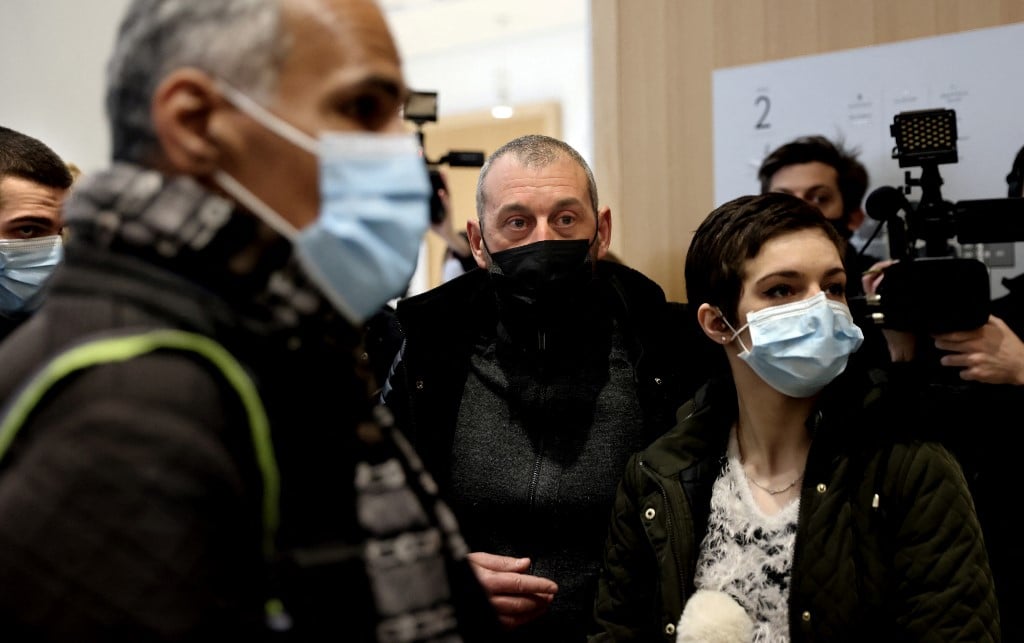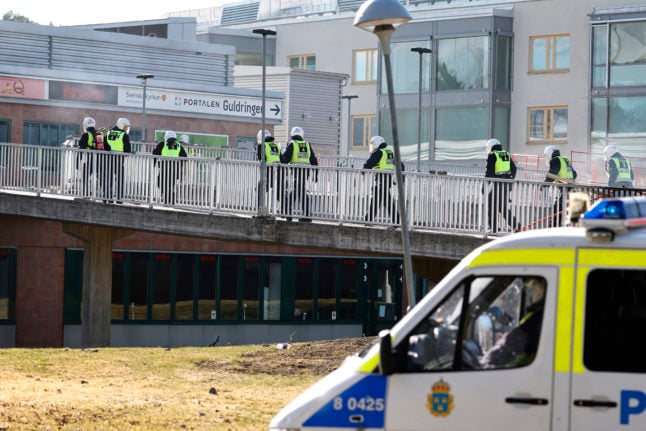The French court on Thursday sentenced eight people to suspended jail terms and community service for taking part in one of the most violent episodes of the anti-government ‘yellow vest’ protests that rocked France two years ago.
A total of nine stood trial this week for the incident, but one of them, a former soldier, was cleared for lack of evidence, presiding judge Sonia Lumbroso said at the verdict.
The court ruled the suspects were neither the instigators nor the main culprits of the vandalism and looting around the Arc de Triomphe monument in Paris, when scenes of destruction and fierce clashes with police made global headlines.
Most of them had no criminal records.
They were sentenced to 70 hours of community service for entering the monument, but those also found guilty of stealing items such as postcards, Arc de Triomphe models or miniature Eiffel Towers from the gift shop, were fined €100 for theft.

A ‘yellow vest’ protester arrives at the courthouse in Paris to attend the trial of ten people on charge of destruction and theft around the Arc de Triomphe monument in Paris. Photo: Thomas COEX / AFP
One of the group, a man who was caught on camera trying to break down a door with a fire extinguisher, was handed the most severe sentence, a suspended prison term of eight months.
Dozens of cars were set on fire and businesses trashed all along the celebrated Champs-Elysées avenue on December 1st, 2018, the third Saturday of mass demonstrations against President Emmanuel Macron.
READ ALSO: Macron risks losing support from left against Le Pen in French presidential election
He was accused of ignoring the plight of struggling French families and after months of protests he abandoned a planned fuel tax hike and raised spending on the lowest earners.
The protesters had already skirmished with security forces at earlier rallies, but police were unprepared for the rioting that engulfed the capital just a few weeks before Christmas.
Despite firing volleys of tear gas and rubber bullets, the officers were forced to abandon their positions around the Arc de Triomphe, which honours France’s war dead.
Protesters snuffed out the eternal flame over the tomb of an unknown World War I soldier and spray-painted the stone walls with graffiti including “the yellow vests will triumph”.
Others forced their way inside the arch, ransacking the gift shop and damaging scores of artworks, causing damage that cost €1.2 million to repair.
READ ALSO: Is France’s ‘yellow vest’ movement really on its way back?



 Please whitelist us to continue reading.
Please whitelist us to continue reading.
Member comments